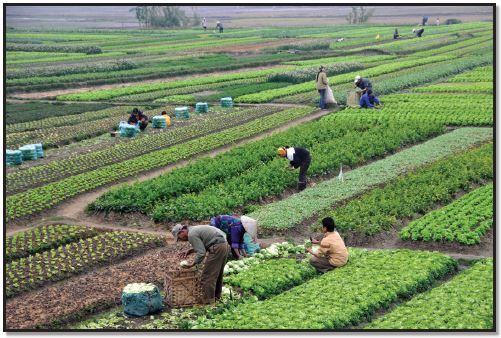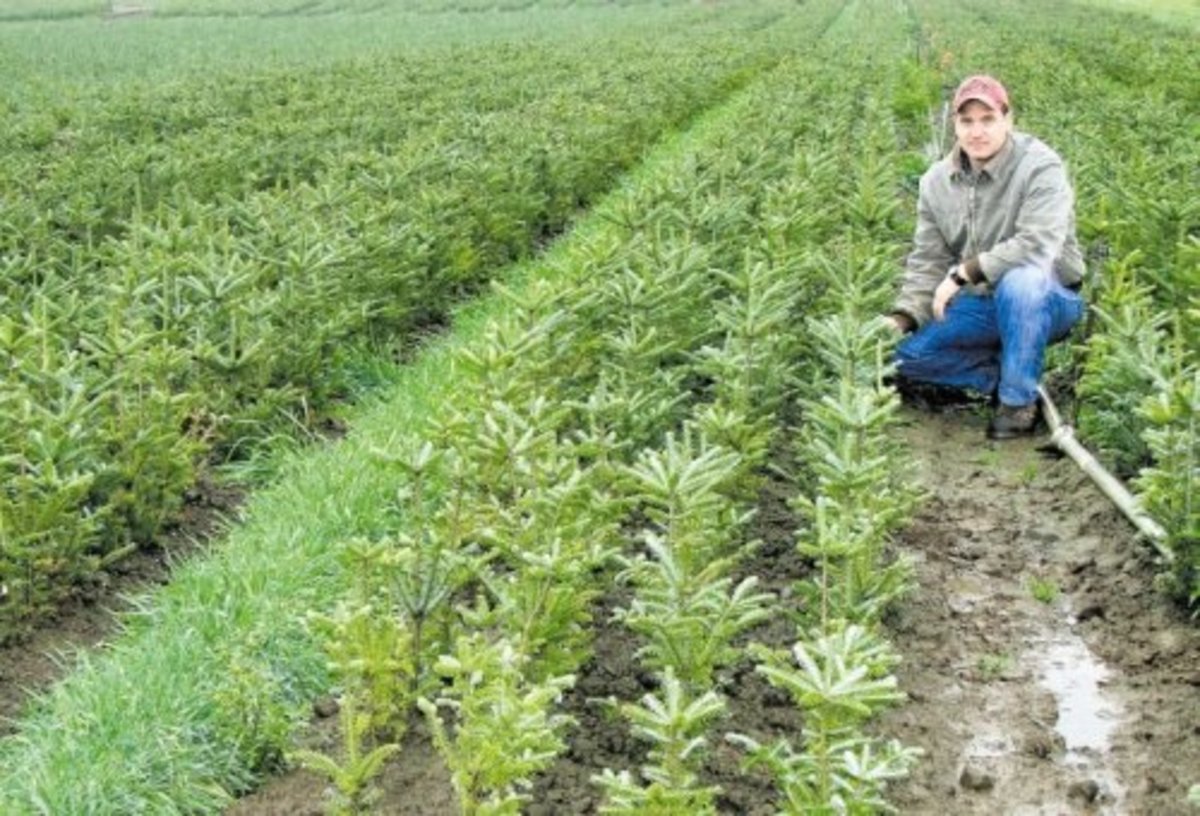Discovering the Differences Between Commercial Farming and Subsistence Farming Practices
The duality between industrial and subsistence farming techniques is noted by differing objectives, functional ranges, and source usage, each with profound effects for both the atmosphere and society. Alternatively, subsistence farming highlights self-sufficiency, leveraging conventional approaches to maintain home demands while supporting community bonds and social heritage.
Economic Purposes
Economic purposes in farming practices typically determine the methods and scale of procedures. In business farming, the key economic objective is to make best use of profit.
In comparison, subsistence farming is mostly oriented in the direction of fulfilling the prompt requirements of the farmer's family members, with excess manufacturing being minimal - commercial farming vs subsistence farming. While business farming is profit-driven, subsistence farming is centered around sustainability and resilience, showing a fundamentally various collection of economic imperatives.

Range of Workflow
The difference between commercial and subsistence farming ends up being specifically obvious when considering the range of procedures. Commercial farming is defined by its massive nature, often including substantial tracts of land and using sophisticated machinery. These operations are generally integrated right into worldwide supply chains, generating huge quantities of plants or livestock meant available for sale in domestic and global markets. The scale of commercial farming permits economies of scale, causing reduced costs per device via automation, boosted efficiency, and the capacity to spend in technological advancements.
In raw comparison, subsistence farming is typically small-scale, concentrating on creating just enough food to fulfill the prompt requirements of the farmer's family members or neighborhood community. The land area entailed in subsistence farming is typically restricted, with much less access to contemporary technology or automation. This smaller sized scale of procedures mirrors a reliance on conventional farming techniques, such as manual work and simple devices, bring about reduced productivity. Subsistence farms focus on sustainability and self-sufficiency over revenue, with any type of excess usually traded or traded within regional markets.
Resource Application
Resource use in farming methods reveals significant distinctions in between industrial and subsistence strategies. Commercial farming, characterized by massive procedures, commonly employs sophisticated modern technologies and mechanization to maximize the use of resources such as land, water, and plant foods. These methods enable enhanced performance and greater efficiency. The emphasis is on making the most of outputs by leveraging economies of scale and releasing resources strategically to ensure consistent supply and earnings. Precision agriculture is increasingly embraced in business farming, using information analytics and satellite technology to monitor crop health and optimize source application, additional boosting return and source performance.
On the other hand, subsistence farming operates on a much smaller range, mostly to fulfill the prompt needs of the farmer's family. commercial farming vs subsistence farming. Source application in subsistence farming is usually restricted by monetary constraints and a reliance on conventional methods. Farmers normally make use of hands-on labor and all-natural resources readily available in your area, such as rainwater and natural compost, to cultivate their crops. The over at this website focus gets on sustainability and self-sufficiency as opposed to making the most of output. Subsistence farmers might face challenges in resource management, consisting of minimal accessibility to enhanced seeds, fertilizers, and watering, which can limit their capacity to improve efficiency and success.
Environmental Influence

Alternatively, subsistence farming, practiced on a smaller sized range, usually utilizes conventional techniques that are much more in harmony with the surrounding setting. While subsistence farming typically has a reduced environmental footprint, it is not without challenges.
Social and Cultural Implications
Farming practices are deeply linked with the social and social material of communities, influencing and mirroring their values, customs, and financial structures. In subsistence farming, the emphasis is on growing enough food to satisfy the immediate demands of the farmer's family members, typically cultivating a solid sense of community and shared responsibility. Such techniques are deeply rooted in neighborhood traditions, with understanding passed down through generations, thus protecting cultural heritage and strengthening public ties.
Alternatively, industrial farming is largely driven by market needs and earnings, often resulting in a change in the direction of monocultures and massive operations. This strategy can cause the disintegration of typical farming techniques and cultural identities, as regional personalizeds and understanding are supplanted by standard, commercial techniques. The emphasis on effectiveness and earnings can often lessen the social communication found in subsistence communities, as financial purchases change community-based exchanges.
The dichotomy between these farming techniques highlights the wider social ramifications of agricultural options. While subsistence farming supports social connection and community interdependence, industrial farming lines up with globalization and financial development, typically at the cost of typical social structures look these up and multiculturalism. commercial farming vs subsistence farming. Stabilizing these aspects remains a crucial challenge for sustainable farming development
Verdict
The exam of industrial and subsistence farming techniques reveals significant distinctions in goals, scale, source usage, ecological impact, and social ramifications. Industrial farming focuses on earnings and effectiveness via large operations and advanced modern technologies, often at the cost of ecological sustainability. On the other hand, subsistence farming highlights self-sufficiency, using traditional techniques and local sources, consequently advertising social conservation and community communication. These contrasting strategies emphasize the complicated interaction in between economic development and the demand for ecologically lasting and socially inclusive agricultural techniques.
The dichotomy between business and subsistence farming practices is noted by varying goals, operational ranges, and source usage, each with extensive ramifications for both the environment and culture. While industrial farming is profit-driven, subsistence farming is centered around sustainability and strength, mirroring a fundamentally various collection of financial imperatives.
The distinction between business and subsistence farming comes to be specifically apparent when considering the range of operations. While subsistence farming sustains cultural connection and community interdependence, business farming aligns with globalization and economic development, typically at the cost of typical social structures and social diversity.The exam of commercial and subsistence farming techniques reveals considerable differences in goals, range, resource check this use, ecological impact, and social ramifications.